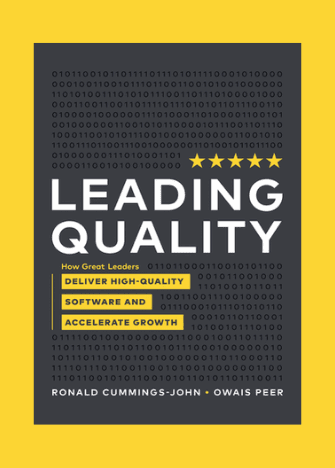First and foremost, what exactly is accessibility testing? It’s the pivotal process of ensuring that digital elements like websites, software, devices, and products are user-friendly and straightforward for everyone, including those with impairments. Consequently, in the realm of software product development, the thoughtful consideration of accessibility-related factors assumes a crucial role in determining product success.
In today’s digital world, software usage is a necessity. Nevertheless, the prevalence of accessibility constraints often presents challenges for numerous individuals attempting to interact with software. The key here is that software must be accessible to all users, regardless of disabilities. This is where the value of accessibility testing comes to the forefront. Rigorous testing to ensure software’s alignment with accessibility standards not only empowers universal usage but also facilitates seamless interactions. This practice, commonly known as accessibility testing, involves subjecting software to established norms and usage guidelines specifically catering to individuals with disabilities. This can result in long-term cost savings and enhanced user experience.
By carrying out preliminary audits of software designs, accessibility can be incorporated into the software development lifecycle. Teams may create accessible software from the bottom up by using audits to find accessibility problems early on. This proactive approach enables development teams to identify accessibility challenges at an early stage, resulting in a product that is fundamentally accessible. The use of automated testing tools is another method for integrating accessibility testing. These technologies can scan and check software for adherence to accessibility standards, reducing the need for manual testing and enabling large-scale accessibility testing. Additionally, automated testing aids in finding problems that manual testing could have missed.
It is crucial to incorporate accessibility testing into the process of developing software. It aids in the development of software that conforms with legal requirements, enhances user experience, and meets accessibility standards while saving time and money on manual testing. Accessibility can help teams build software that better serves all users.
In conclusion, the significance of accessibility testing in software development cannot be overstated. As a bridge between software and its users, accessibility empowers developers to craft products that are not just functionally sound but also universally inclusive. Embracing accessibility testing throughout the developmental journey translates into software that’s accessible, reliable, and enriching for all users.
Happy testing!
About the tester
Thamseel has been part of Tester Work for more than 3 years and shares his software tester expertise in this article.
This article is the sole responsibility of the author. By submitting their work to our blog, authors affirm that the content is original and does not violate any copyrights or intellectual property rights of third parties.







